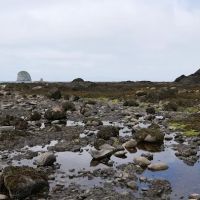South Sand Point Introduce
For Washington locals yearning for a deeper immersion into the state's iconic coastal wilderness, South Sand Point offers a truly exceptional and often more secluded alternative to its popular neighbors. Nestled within Olympic National Park near Clallam Bay, this isn't a conventional campground but a coveted backcountry destination that rewards intrepid backpackers with unparalleled solitude and breathtaking natural beauty. It's a place where the wild Pacific coastline reveals its most vibrant marine life and dramatic vistas, promising an "out-of-the-world scenery."
As one delighted reviewer recounted, South Sand Point proved to be "a truly magical place where we got to enjoy the out-of-the-world scenery, a coast brimming with abundant marine lives (hundreds of star fish in all sizes, various colors clustering together observed during the low tide) and solitude!" What makes this particular spot even more appealing for locals in search of tranquility is the anecdote of having "the whole campground completely to ourselves" even on a busy 4th of July weekend, a testament to its less-traveled nature compared to the more popular Cape Alava and Sand Point. This seclusion often requires backpacking "the extra 1.5 miles" south from Sand Point itself, a small effort that pays immense dividends in terms of peacefulness.
This guide will provide a detailed look into South Sand Point, exploring its remote yet accessible location, the essential primitive services it offers, and the remarkable features that establish it as one of Washington's most cherished wilderness gems. We'll also cover vital contact information and why this backcountry haven is an ideal choice for Washingtonians seeking a profound and undisturbed connection with their state's magnificent coastline.
South Sand Point is located within the rugged and pristine wilderness of Olympic National Park, near Clallam Bay, WA 98326, USA. It is situated along the renowned Olympic Coast, specifically south of the main Sand Point area. As a wilderness camping destination, it is not directly accessible by vehicle, requiring a significant hike to reach.
The journey to South Sand Point typically begins at the Ozette Lake Trailhead, which serves as the primary access point for the entire Ozette Loop area. To reach the Ozette Lake Trailhead, Washington residents can expect a scenic drive of approximately 4 to 5 hours from major metropolitan areas like Seattle, traversing the beautiful Olympic Peninsula. From closer points such as Port Angeles, the drive is shorter, around 1.5 to 2 hours.
From the Ozette Lake parking lot, hikers embark on an initial approximately 3-mile (4.8 km) hike through old-growth forest, much of it on a well-maintained boardwalk, which leads directly to Sand Point beach. From Sand Point, to reach the more secluded South Sand Point campsites, campers must continue hiking south along the beach for an additional "1.5 miles" (approximately 2.4 km). This extended trek contributes to the area's sense of solitude.
Navigating this coastal stretch often requires attention to tide charts, as some headlands and sections of the beach can become impassable or challenging during high tide. Reviewers specifically mention that "getting around the headlands needs a low tide." The terrain includes a mix of sandy beach, potentially rocky sections, and sometimes navigating around driftwood. This multi-stage accessibility – driving to the trailhead, hiking a maintained forest trail, and then continuing along the rugged beach – ensures that South Sand Point remains a truly backcountry experience, preserving its wild character and offering a deep immersion into the Olympic Coast.
South Sand Point, as a wilderness camping area within Olympic National Park, provides very primitive and limited services, emphasizing self-reliance and adherence to Leave No Trace principles. Visitors must be fully prepared for a backcountry experience.
- Wilderness Campsites: The area offers designated backcountry campsites. These are not numbered sites like in developed campgrounds but are specific zones where campers can establish their tents. Reviewers note that these "backcountry campsites perch above a cliff and are well equipped with make-shift tables and sitting logs," providing a more established feel than completely dispersed camping, yet still primitive.
- Permit Required: Overnight camping at South Sand Point is strictly by permit only, obtained in advance from Olympic National Park. Permits are limited, especially during peak season, making it "best to snag one earlier in the season." This quota system helps protect the fragile environment.
- Primitive Privy: A "functional" privy (composting toilet) is available at South Sand Point, which is a key amenity in a wilderness setting for proper human waste disposal and environmental hygiene.
- Freshwater Access (Conditional): While "no running water is available at Sand Point itself," reviewers mention that "South of Sand Point are some places to filter water." However, the National Park Service warns that "later into the summer Wedding Rocks, Sand Point and South Sand Point water sources typically dry up; parties should carry in the water they will need while staying at these locations during this time." Therefore, bringing ample water or being prepared to filter from potentially low-flow sources is crucial.
- Bear Canister Requirement: All food, garbage, and scented items must be stored in park-approved bear canisters, both overnight and when unattended. This is a mandatory requirement to protect both human visitors and local wildlife, especially given the "lots of black bear activity" reported in the area.
- Pack It In, Pack It Out: There are no waste disposal facilities. All trash, including food scraps, wrappers, and toilet paper (if not using the privy), must be packed out by the camper, leaving no trace behind.
- No Campfires: Unfortunately, "campfires are prohibited here even though plenty of driftwood is available because of unruly behaviors from prior travelers who destroyed some trees." Campers should plan for stove-only cooking.
These services, or the deliberate lack thereof, underscore the commitment to preserving the wild character of South Sand Point, making it an ideal destination for experienced and responsible backpackers.
South Sand Point, while primitive, is rich in natural features and highlights that create a truly "magical" and memorable wilderness camping experience on the Olympic Coast.
- Secluded Solitude: A primary highlight of South Sand Point is its exceptional solitude. As one reviewer noted, they had "the whole campground completely to ourselves!" even on a busy holiday weekend, emphasizing its less-traveled nature compared to the main Sand Point or Cape Alava. This is a significant draw for those seeking peace and quiet.
- Out-of-the-World Scenery: The area boasts "out-of-the-world scenery," offering breathtaking views of the rugged Washington coastline, the vast Pacific Ocean, and the unique intersection of ancient forests with the marine environment.
- Abundant Marine Life & Tide Pools: At low tide, the coast "brims with abundant marine lives," including "hundreds of star fish in all sizes, various colors clustering together." This provides an incredible opportunity for tide pooling and observing diverse intertidal creatures.
- Coastal Campsites Above the Cliff: The backcountry campsites "perch above a cliff," offering elevated views and a unique perspective of the ocean, potentially providing more protection from high tides and direct beach elements.
- Make-shift Tables and Sitting Logs: For a primitive site, the presence of "make-shift tables and sitting logs" is a welcome feature, providing convenient surfaces for cooking and relaxing without carrying extra gear.
- Proximal to the Ozette Loop: South Sand Point is part of the larger Ozette Loop backpacking trail, allowing campers to experience diverse landscapes from the old-growth forest boardwalks (where you can hear birds) to expansive beaches and the iconic Cape Alava.
- Wildlife Viewing: The area supports significant wildlife activity, including "lots of black bear activity" (necessitating bear canisters) and various marine birds and mammals (like seals), providing rich opportunities for observation.
- Dramatic Coastal Hiking: The journey to South Sand Point involves navigating headlands which "needs a low tide," adding an adventurous element to the hike and ensuring dynamic coastal exploration. Further south, there are "additional day use options" for exploration.
These features combine to make South Sand Point a truly exceptional destination for Washington locals seeking a profound, secluded, and visually stunning backcountry adventure on their home coast.
For all essential information regarding South Sand Point wilderness camping, including permit requirements, current conditions, and regulations, contact Olympic National Park directly. There is no specific phone number for the South Sand Point campsite itself, as it is a wilderness area managed by the park.
Address (for the general park headquarters and mailing):
Olympic National Park Headquarters
600 East Park Avenue
Port Angeles, WA 98362, USA
Key Contact Information:
- Olympic National Park Main Information Line: (360) 565-3130
- Wilderness Information Center (WIC): (360) 565-3100
- Mobile Phone: +1 360-565-3130 (This is the general park information line and can also be used for wilderness inquiries.)
- Website: The official website for Olympic National Park (www.nps.gov/olym) is the most comprehensive and up-to-date resource. Crucial sections to explore include "Backpacking & Camping," "Wilderness Permits," and "Trip Planning." This site provides details on permit availability (reservations open April 15 for summer season, May 15 - Oct 15), trail conditions, closures, tide tables (absolutely essential for coastal hiking), bear canister requirements, and Leave No Trace principles.
It is absolutely mandatory to obtain a wilderness permit in advance for overnight stays at South Sand Point, as permits are limited and "by reservation only" (no walk-up permits available at the trailhead). These can be reserved through Recreation.gov or by contacting the Wilderness Information Center. Reviewing current tide tables for the Olympic Coast (e.g., La Push or Neah Bay) is critical for safe passage along the beach and around headlands, which can be impassable at high tide. Always contact the WIC or check the official website immediately prior to your trip for the most current information and to ensure your permit is issued (typically 3 days before your trip or same-day if booking close to arrival).
For Washington locals, South Sand Point represents the epitome of a fulfilling wilderness escape, perfectly aligning with the adventurous and nature-loving spirit prevalent in the state. While it demands more effort than a drive-up campground, the rewards—solitude, pristine beauty, and a deep connection to the wild coast—are profoundly worthwhile.
What makes South Sand Point particularly suitable for Washingtonians is its promise of true seclusion. As evidenced by a reviewer having "the whole campground completely to ourselves" on a busy holiday, the willingness to backpack an additional 1.5 miles south of the more common Sand Point leads to an unmatched sense of tranquility. This quietude offers a profound contrast to urban life, allowing locals to fully immerse themselves in the sounds of the ocean and the whispers of the forest, fostering genuine rejuvenation.
The experience at South Sand Point also reinforces the strong Leave No Trace ethics practiced by many Washington residents. The primitive nature of the camping, the required permits and bear canisters, and the strict "pack it in, pack it out" policy ensure that visitors become active stewards of this beautiful environment. This aligns with a local commitment to preserving the natural treasures of Olympic National Park for future generations.
Moreover, the natural features—from "out-of-the-world scenery" and "hundreds of star fish in all sizes" during low tide, to observing black bear activity—provide an education and entertainment that is uniquely Washingtonian. The presence of primitive facilities like privies and established tables/logs, while basic, adds a level of thoughtful planning that enhances the wilderness experience without compromising its integrity. For locals seeking an authentic, challenging, and deeply rewarding backpacking adventure that feels truly off the beaten path within their own beloved state, South Sand Point is a true "little gem" waiting to be discovered.
South Sand Point Details
Activities
- Hiking
Children
- Good for kids
South Sand Point Photos
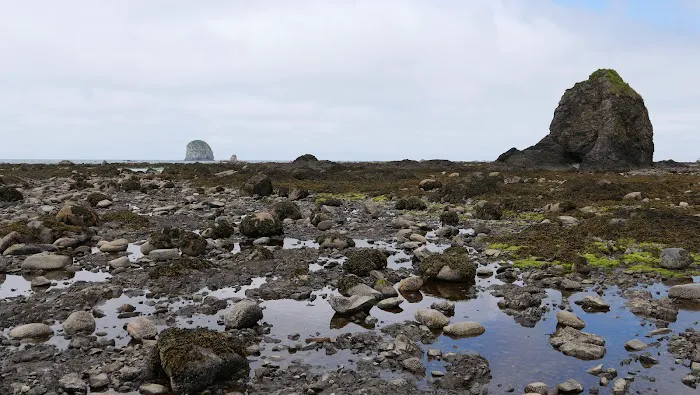
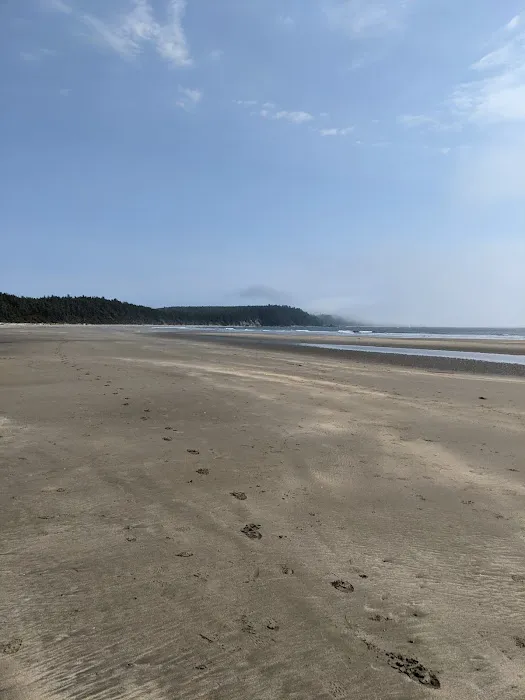
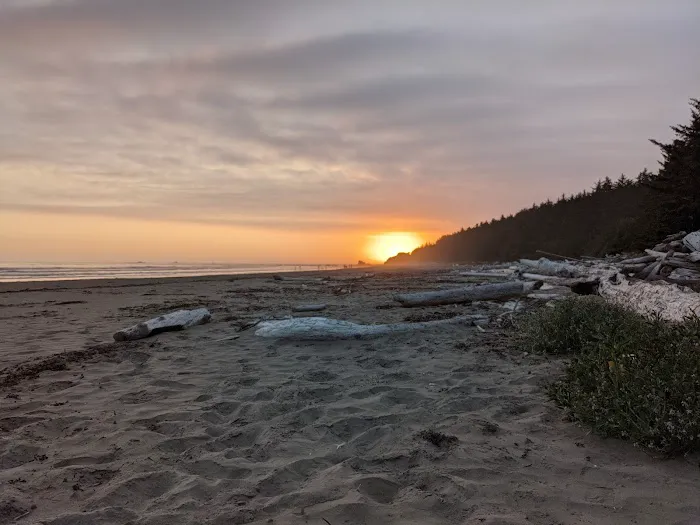

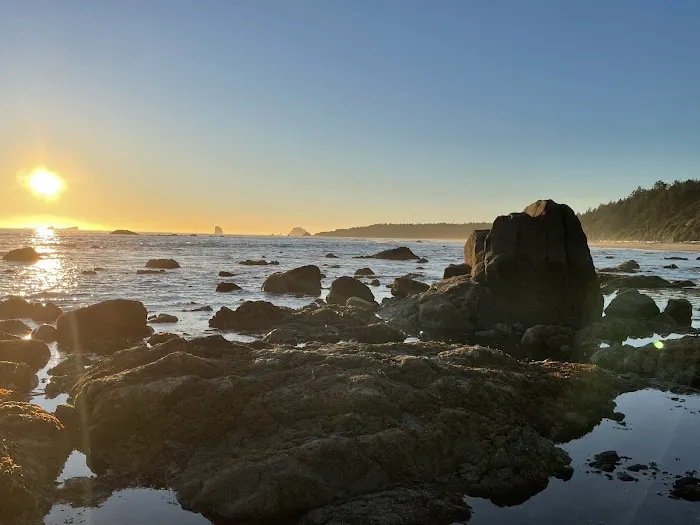
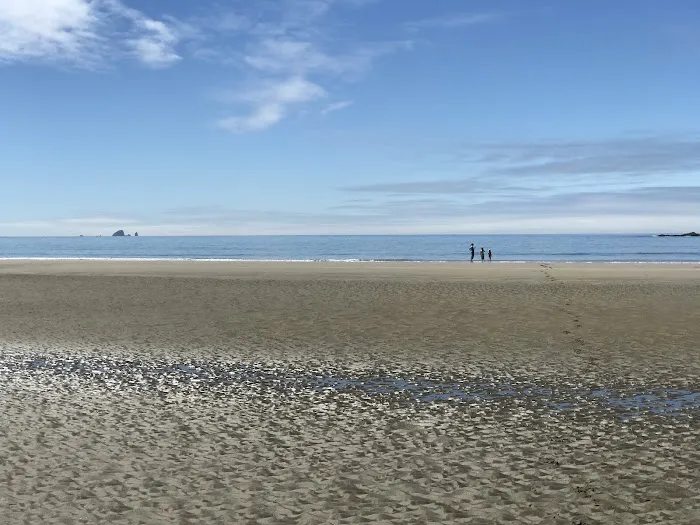
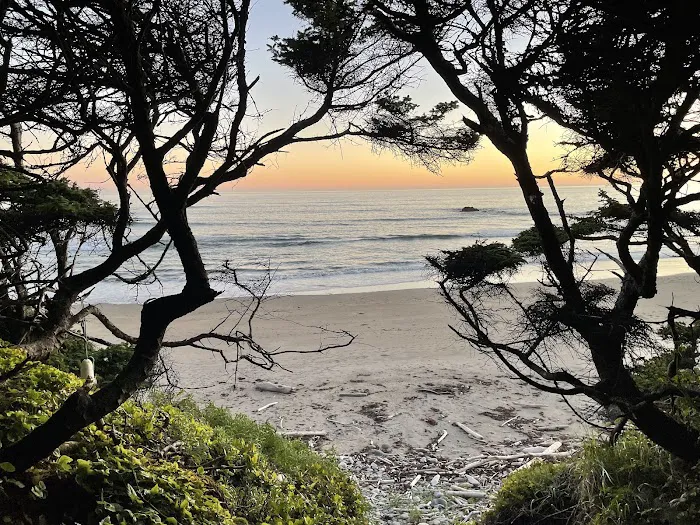
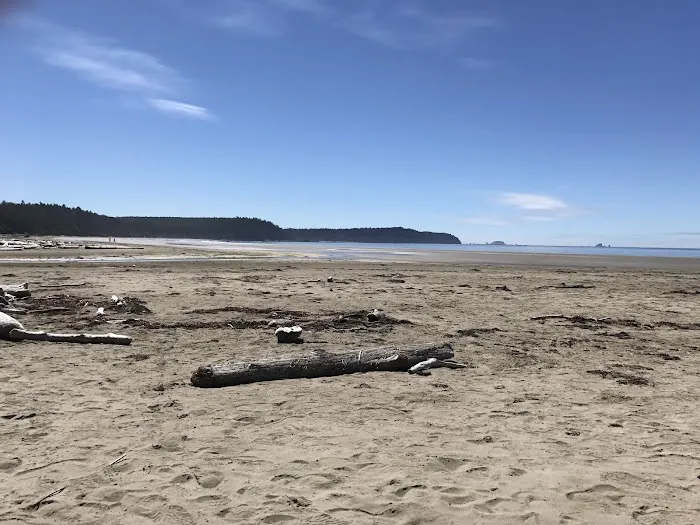
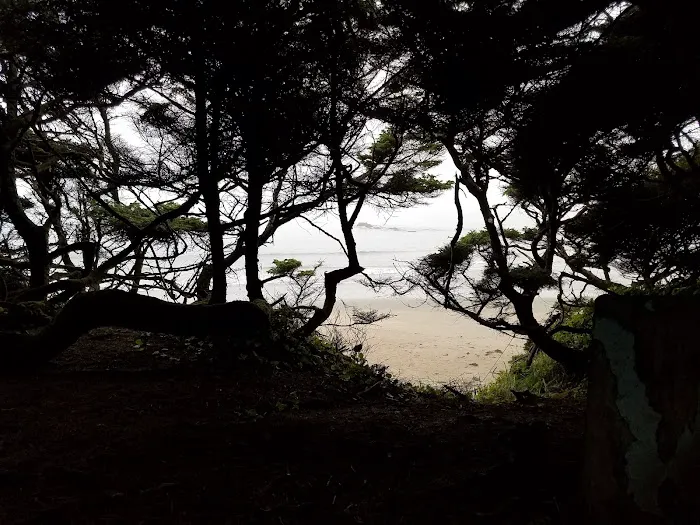
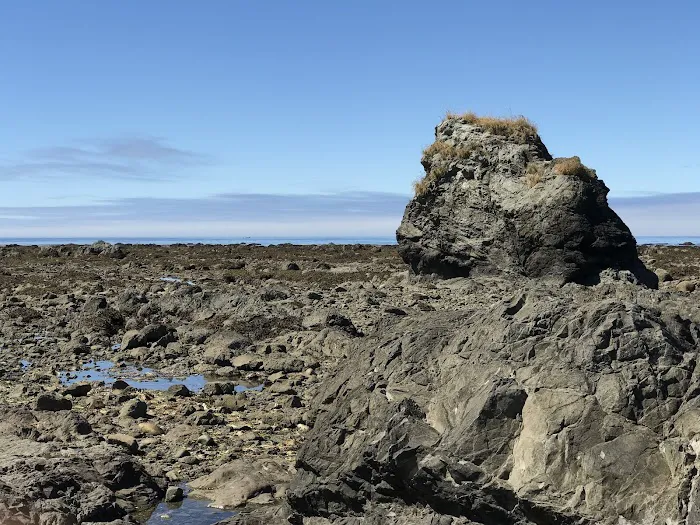
South Sand Point Location
South Sand Point Reviews
coasttide
★ 5★ 4★ 3★ 2★ 1This is one of my favorites places to visit on the Washington coast. It is located within Olympic National Park so you will need the appropriate passes and permits if you opt to camp.Day use options are available. Parking is located at Lake Ozette. You can opt to hike to Cape Alava from the parking lot first, then walk south along the beach to Sand Point, then back to the parking lot. There is a dead, decomposing whale between Cape Alava and Sand Point.Or you can hike in and out of the same trail to access Sand Point. Further south of Sand Point are additional day use options. Getting around the headlands needs a low tide.No running water is available at Sand Point itself. Bring plenty of water. South of Sand Point are some places to filter water. Lots of black bear activity.If you plan to camp, permits are limited so it's best to snag one earlier in the season. Be prepared for all weather. Camping is primitive.
August 05 · Erin McQuinA truly magical place where we got to enjoy the out-of-the-world scenery, a coast brimming with abundant marine lives (hundreds of star fish in all sizes, various colors clustering together observed during the low tide) and solitude! On a 4th of July weekend, we had the whole campground completely to ourselves! The backcountry campsites (a permit is required) perch above a cliff and are well equipped with make-shift tables and sitting logs. I booked this site because the more popular Cape Álava and Sand Point were full. We are glad that we backpacked the extra 1.5 miles to this little gem.There is a “functional” privy. Unfortunately, campfires are prohibited here even though plenty of driftwood is available because of unruly behaviors from prior travelers who destroyed some trees. Love the nature, leave no trace!
July 13 · Chris HBest and most secluded part of the beach. Pack in water... or head south at low tide to get some of the best water along the coast at Yellow Banks. The fishing is great, views are spectacular. Older children can have fun, it is a hike in though.
May 29 · Roguegunn Works- August 31 · James Peoples
- August 18 · Stephen Milton
More Camping Near Me
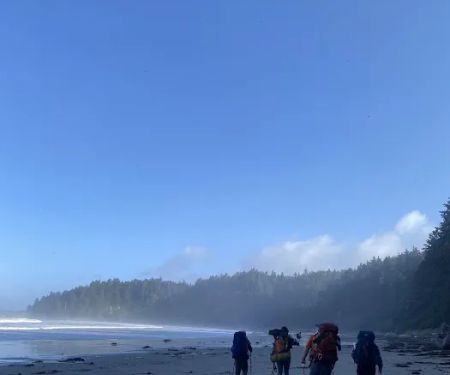 Yellow Banks4.0 (2 reviews)
Yellow Banks4.0 (2 reviews)Clallam Bay, WA 98326, USA
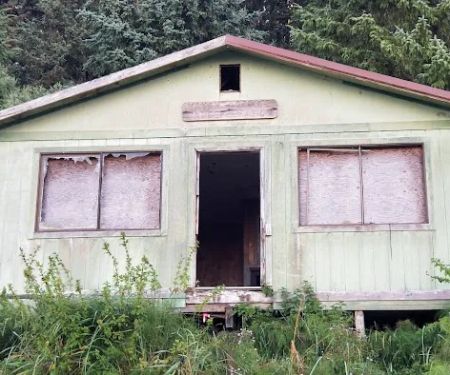 Sand Point5.0 (28 reviews)
Sand Point5.0 (28 reviews)Clallam Bay, WA 98326, USA
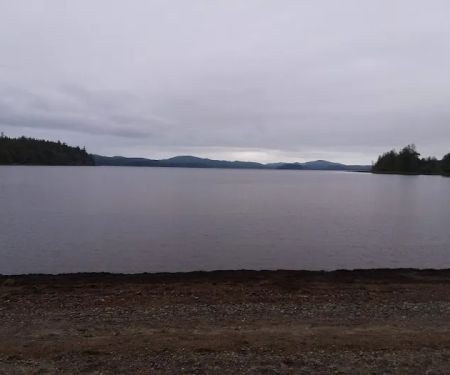 Ericson's Bay Campground5.0 (5 reviews)
Ericson's Bay Campground5.0 (5 reviews)Clallam Bay, WA 98326, USA
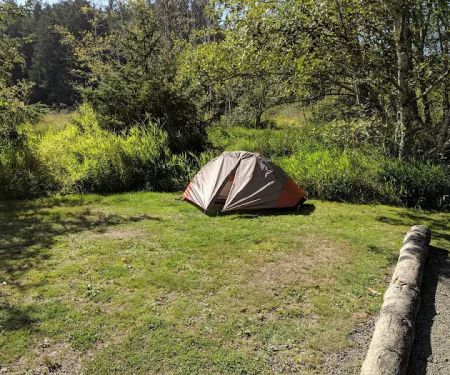 Ozette Campground4.0 (71 reviews)
Ozette Campground4.0 (71 reviews)21083 Hoko-Ozette Rd, Clallam Bay, WA 98326, USA
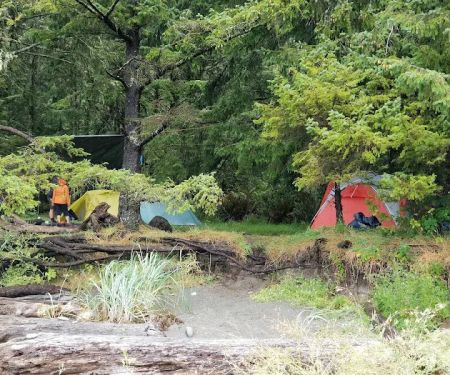 Cape Alava4.0 (46 reviews)
Cape Alava4.0 (46 reviews)Clallam Bay, WA 98326, USA
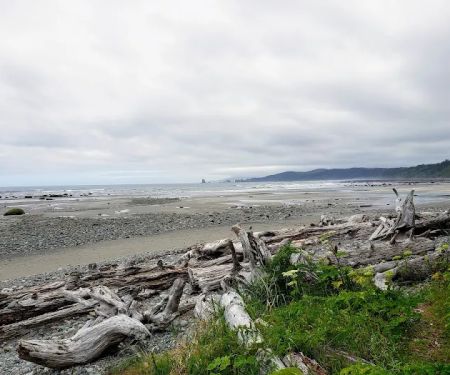 North Ozette River5.0 (4 reviews)
North Ozette River5.0 (4 reviews)Clallam Bay, WA 98326, USA
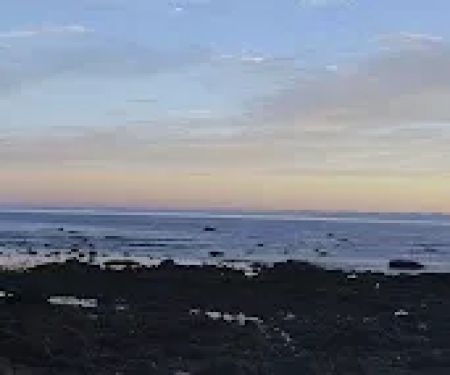 South Ozette River4.0 (5 reviews)
South Ozette River4.0 (5 reviews)Clallam Bay, WA 98326, USA
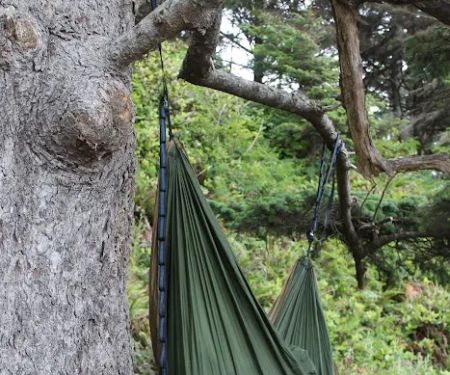 Cedar Creek4.0 (8 reviews)
Cedar Creek4.0 (8 reviews)Forks, WA 98331, USA
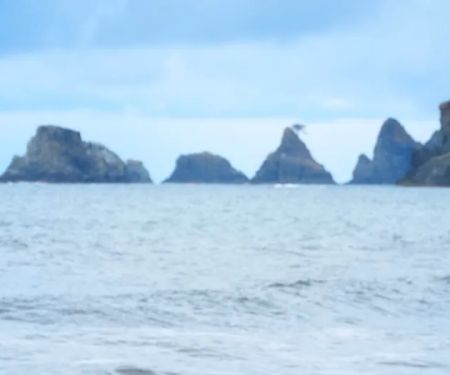 Seafield Creek5.0 (6 reviews)
Seafield Creek5.0 (6 reviews)Clallam Bay, WA 98326, USA
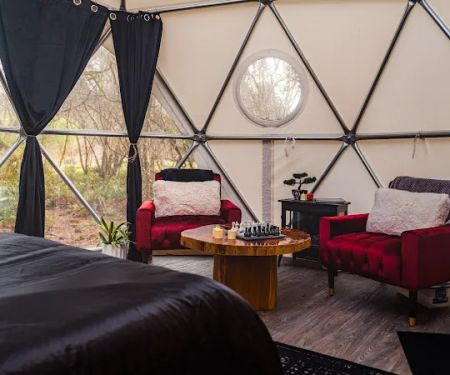 Wandering Woodlands5.0 (18 reviews)
Wandering Woodlands5.0 (18 reviews)1081 Wentworth Rd, Forks, WA 98331, USA
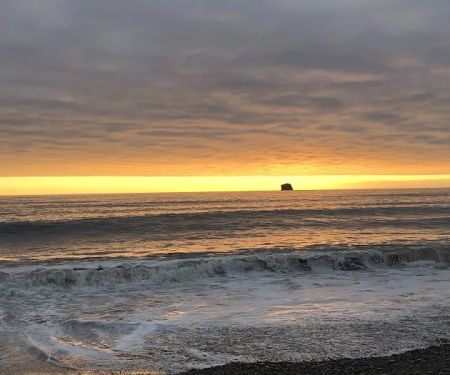 Mora Campground4.0 (315 reviews)
Mora Campground4.0 (315 reviews)Forks, WA 98331, USA
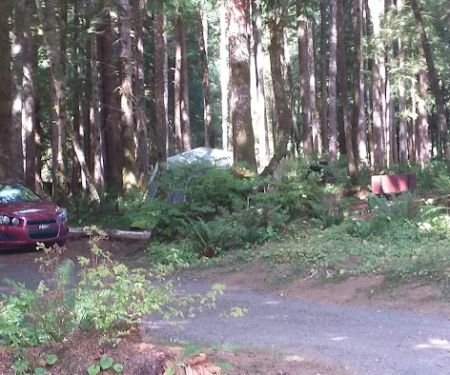 Cycle Camp4.0 (103 reviews)
Cycle Camp4.0 (103 reviews)1071 Mora Rd, Forks, WA 98331, USA
Categories
Top Visited Sites
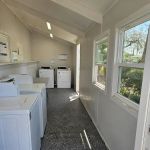 Bedrock Gulf to Bay3.0 (38 reviews)
Bedrock Gulf to Bay3.0 (38 reviews)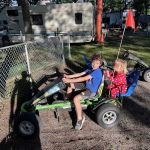 Chetek River Campground4.0 (109 reviews)
Chetek River Campground4.0 (109 reviews)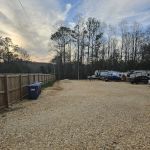 Whitewater Hill RV Park5.0 (1 reviews)
Whitewater Hill RV Park5.0 (1 reviews)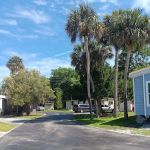 Titusville Estates5.0 (1 reviews)
Titusville Estates5.0 (1 reviews) Pine Trace3.0 (260 reviews)
Pine Trace3.0 (260 reviews)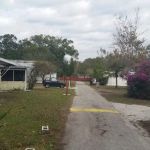 Riverside Mobile Home Community3.0 (48 reviews)
Riverside Mobile Home Community3.0 (48 reviews)Top Camping Searches
Trending The Campfire Posts
 How to Pack Light for a Multi-Day Camping Trip
How to Pack Light for a Multi-Day Camping Trip Best Camping Chairs for Comfort and Durability
Best Camping Chairs for Comfort and Durability How to Stay Safe While Camping in the Wilderness: Essential Tips for Outdoor Adventures
How to Stay Safe While Camping in the Wilderness: Essential Tips for Outdoor Adventures Best Campfire Recipes for Group Camping Trips | Easy Outdoor Cooking
Best Campfire Recipes for Group Camping Trips | Easy Outdoor Cooking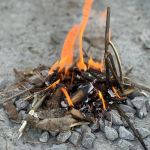 How to Build a Campfire in the Forest Safely and Effectively
How to Build a Campfire in the Forest Safely and Effectively How to Use Campfire Smoke to Preserve Meat Safely in the Wild
How to Use Campfire Smoke to Preserve Meat Safely in the Wild
